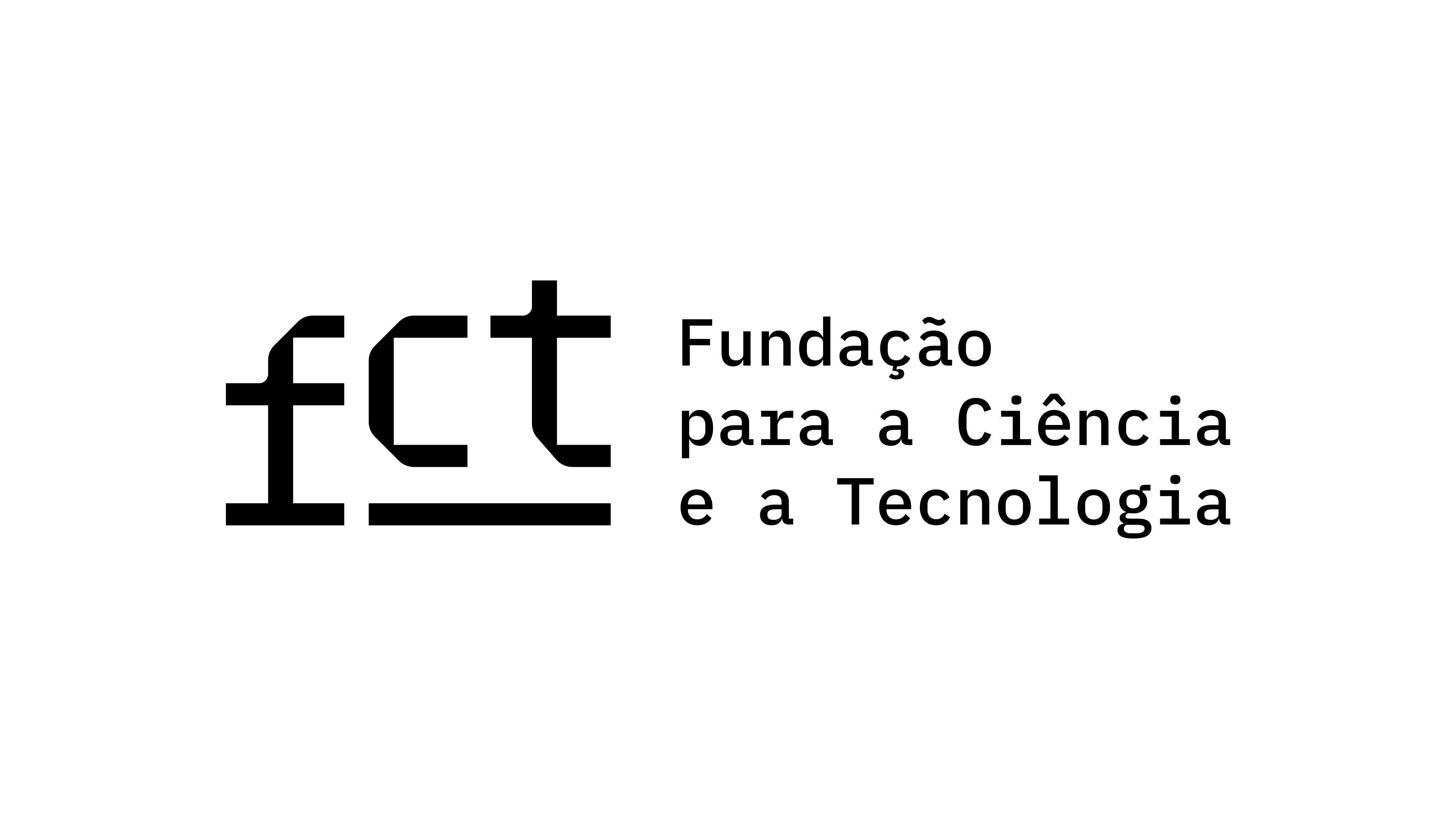Cinema: The “Counter-Realization” of Philosophical Problems
Keywords:
time, event-logic, sight and sound, false connections, simultaneityAbstract
The article offers a survey of Deleuze’s interest in images throughout his career. It suggests that his enduring fascination with time is the driving force behind his relatively late preoccupation with images, which started with an essay on Lucretius, followed by his book on Bacon’s paintings, his two famous books on the cinema and a brief piece on Beckett’s TV- plays. During the ten years of not discussing time at all, time has changed the medium of reflection: Deleuze stops conceiving time — as most structuralists do — as infinite, one- directional successiveness, similar to how utterances work. After the gap years, time gets involved in an “evental logic” that is designed after the role-model of images. From now on, time incorporates divergent flight lines (to a past, that never existed, to a future, that will never come true etc.). Far from being only chronological, time becomes a code name for a “reservoir” of simultaneity that undermines and overrides the actual process of sense-making through the consecutive use of words. Here, the visible and the utterable step in: as the graphic “counter-realization” of philosophical problems that have remained unsolved since Kant linked the sublime to a conflict between successive apprehension and its simultaneous comprehension. Mirjam Schaub explains why the moving image helps to understand the troubling effects of this discrepancy: Through Nouvelle Vague techniques such as false connections, boredom or ostentatious sight-and-sound-gaps it becomes obvious, that time remains a disruptive force. For Deleuze the asynchronical use of sight and sound in film reveals the inner logic of time as universal differentiator. While the utterable naturally generates contractions (such as A and Non-A cannot exist simultaneously), the visible in film easily embraces divergent events (such as Citizen Kane being old in the foreground and young in the background). What is to be believed? The moving-image as a “fusion of the tear” is celebrated as a process of exchange between intertwined time lines, virtual and actual images that become mutual look-alikes.





